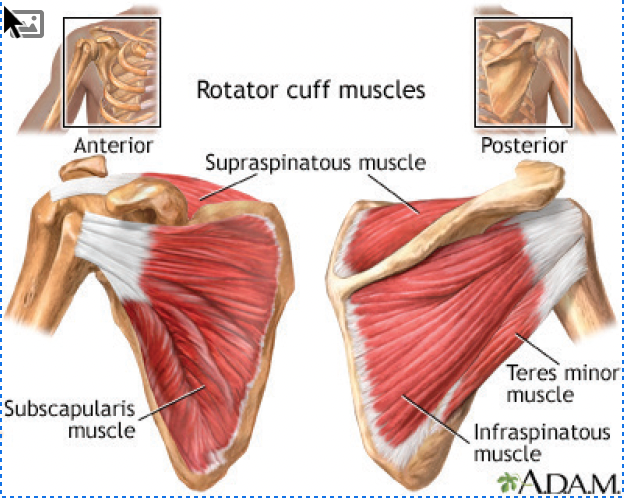From the current issue, the Bucks County Women’s Journal, BCWJ, article by Dr. Amanda Nguyen, PT, DPT, at WWSPT
Before you even “start your day,” you have used your shoulders countless times. Your shoulders are moving in many directions to allow you to complete your normal activities. You use your shoulders and arms to get out of bed, wash your body and hair in the shower, do your hygiene, and get dressed. Physical therapy can keep your shoulders healthy.
The shoulder is a complex joint composed of many components that work together to make your arm move. The shoulder is a ball and socket joint made from the scapula, the shoulder blade, and the head of the humerus— the long arm bone. The clavicle, or the collar bone, is also part of the shoulder and contributes to shoulder stability and function. The shoulder blade lies over the ribs and acts as a base for the shoulder, especially for overhead movements and activities. Problems with any shoulder complex component can lead to shoulder function problems.

The shoulder moves in all different directions more than any other joint in your body. The shoulder allows the arm to go up and down like when you are reaching, sideways, forward, and backward, across the body and away from the body, and to rotate when throwing. With this freedom of movement, the shoulder needs stability. This stability prevents excessive movements and prevents injury and pain.
Muscles are a big part of providing stability. Muscles attach to the bone via tendons. There are at least 16 muscles that provide stability and normal movement for the shoulder. The muscles’ adequate strength will allow joint mobility and stability and promote vital bone health. A few main muscle groups are especially important stabilizers, often not targeted in traditional workouts.
The first major muscle group is the rotator cuffs. You have four rotator cuff muscles: the supraspinatus, subscapularis, infraspinatus, and teres minor. These muscles run along your scapula and attach to the head of the humerus, which allows you to throw a ball or wash dishes.
These muscles mainly provide rotation of the shoulder, known as internal and external rotation, though they also help in many other motions. In addition to providing movement, they are dynamic stabilizers. As the shoulder moves, the rotator cuff assists with keeping the “ball” moving within the socket while preventing excessive movement and translation within the joint.
The second major muscle group is the postural stabilizers which include muscles of the scapulothoracic complex. These muscles assist in the movement and stability of the scapula and contribute to postural stability. You can get up from the floor or hold a plank position with these muscles.
Posture is an essential factor in shoulder health. Good alignment is the most efficient for shoulder movement. Try this: sit in your poorest posture with your head forward, a rounded back, and shoulders, and try to lift your arm. Now try sitting nice and upright with your head.

Leave a Reply